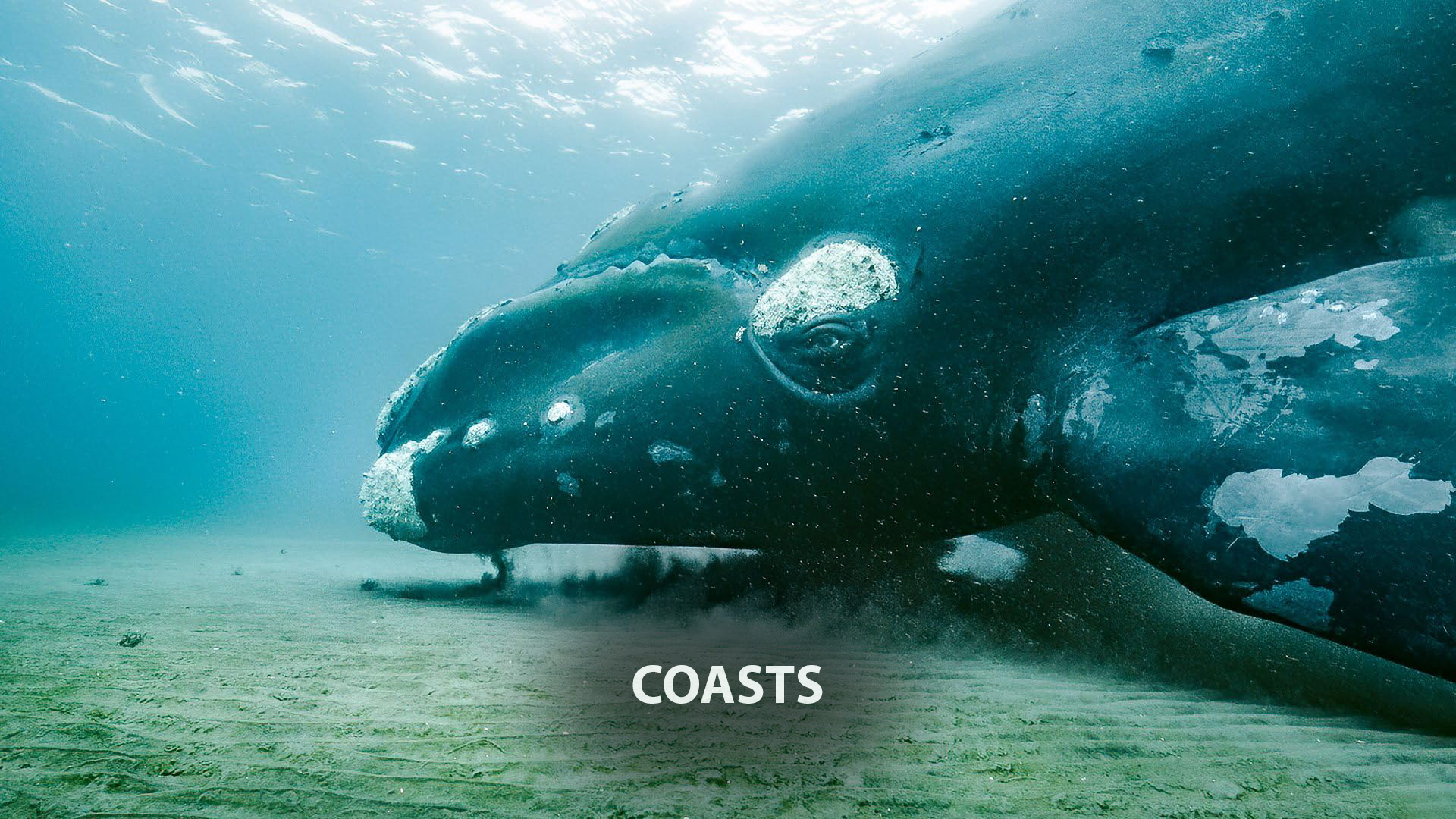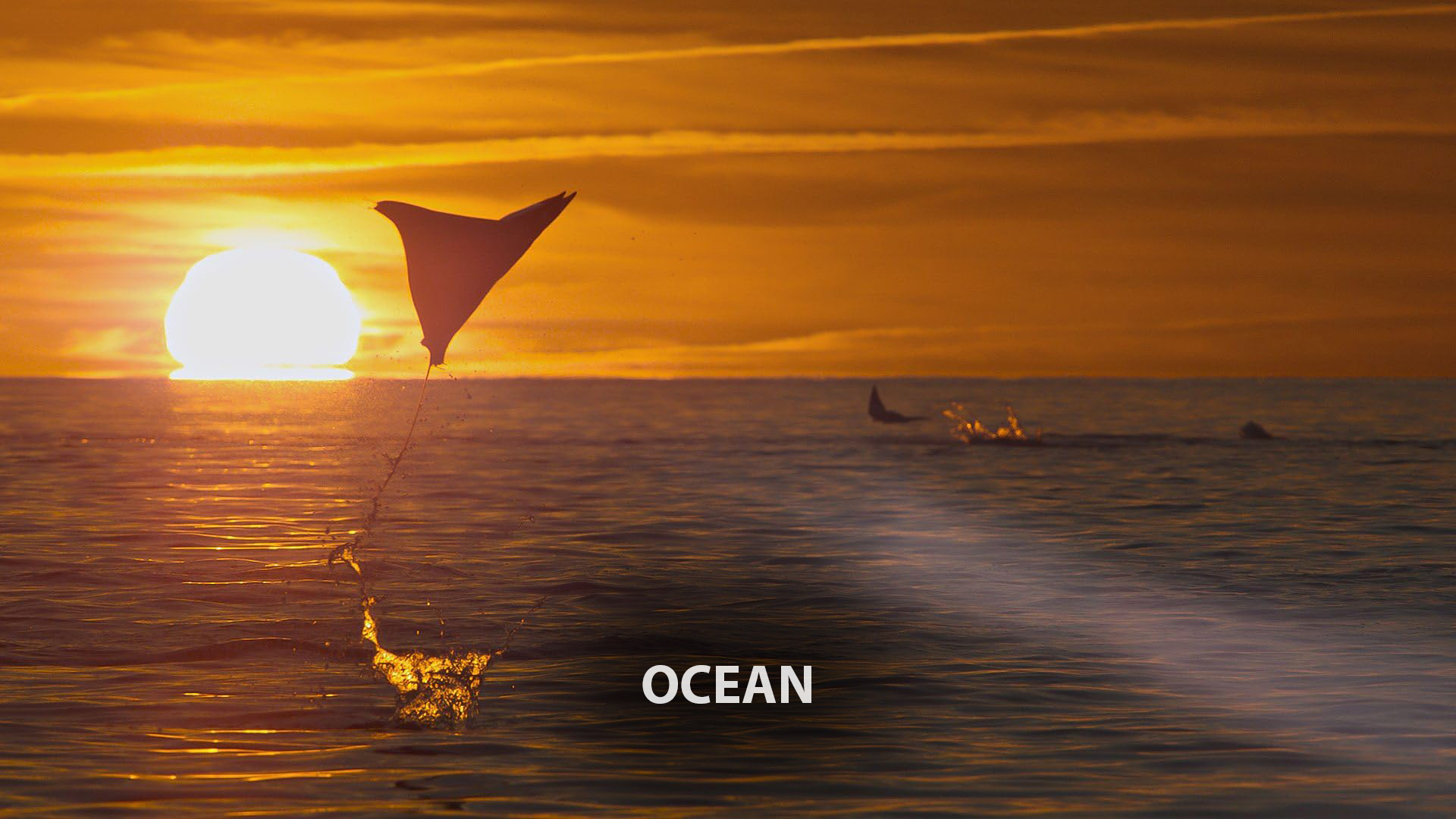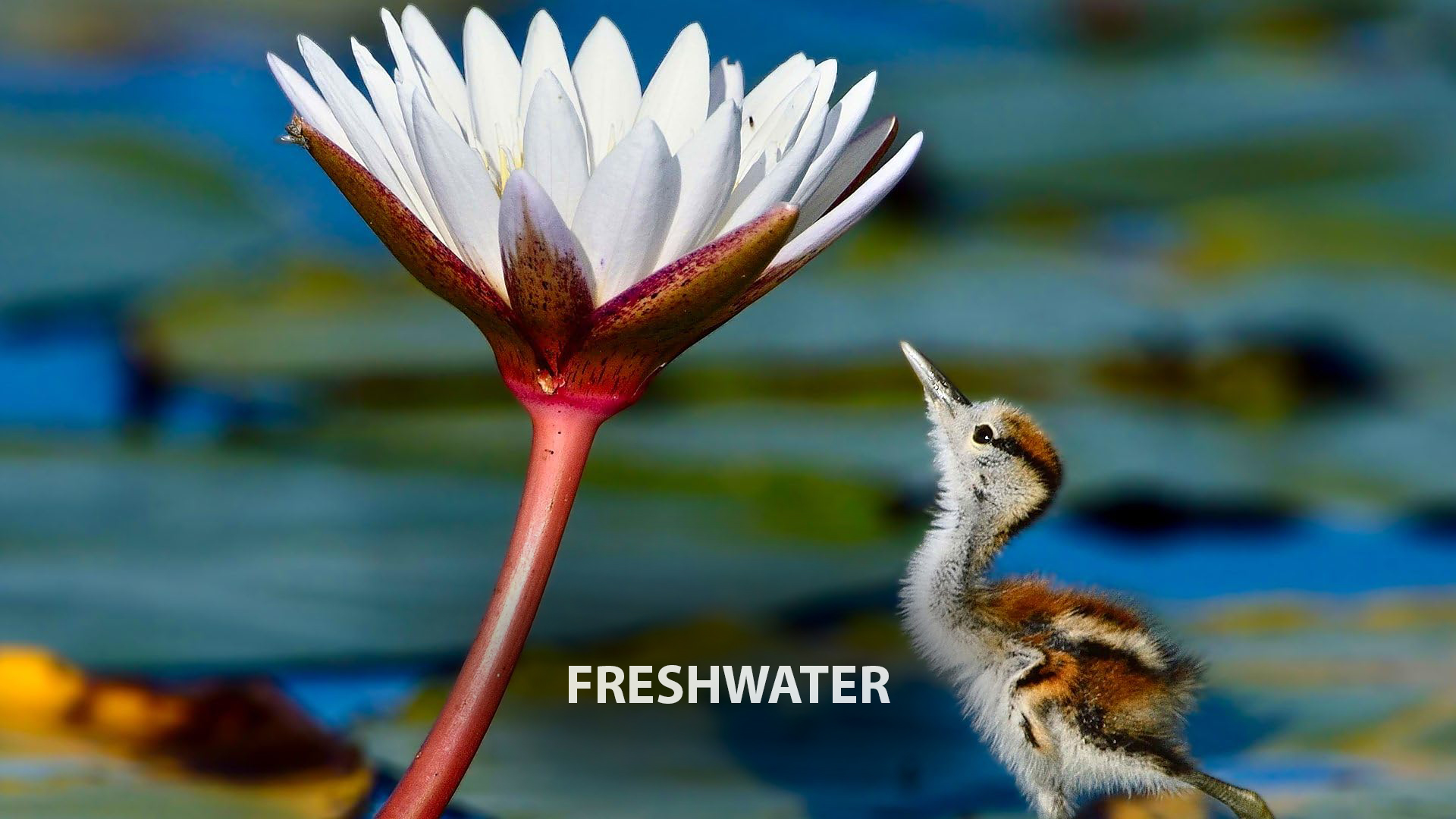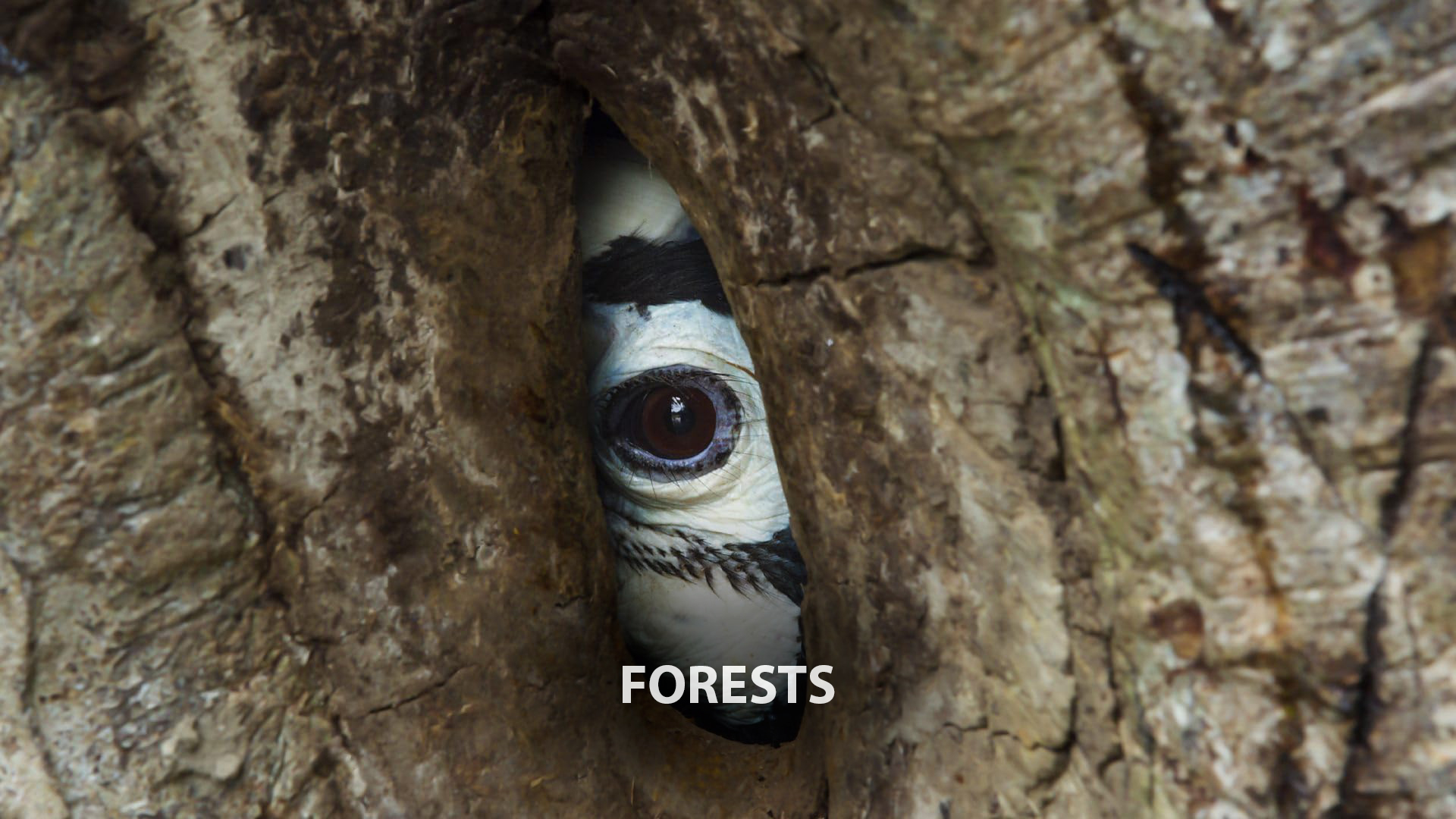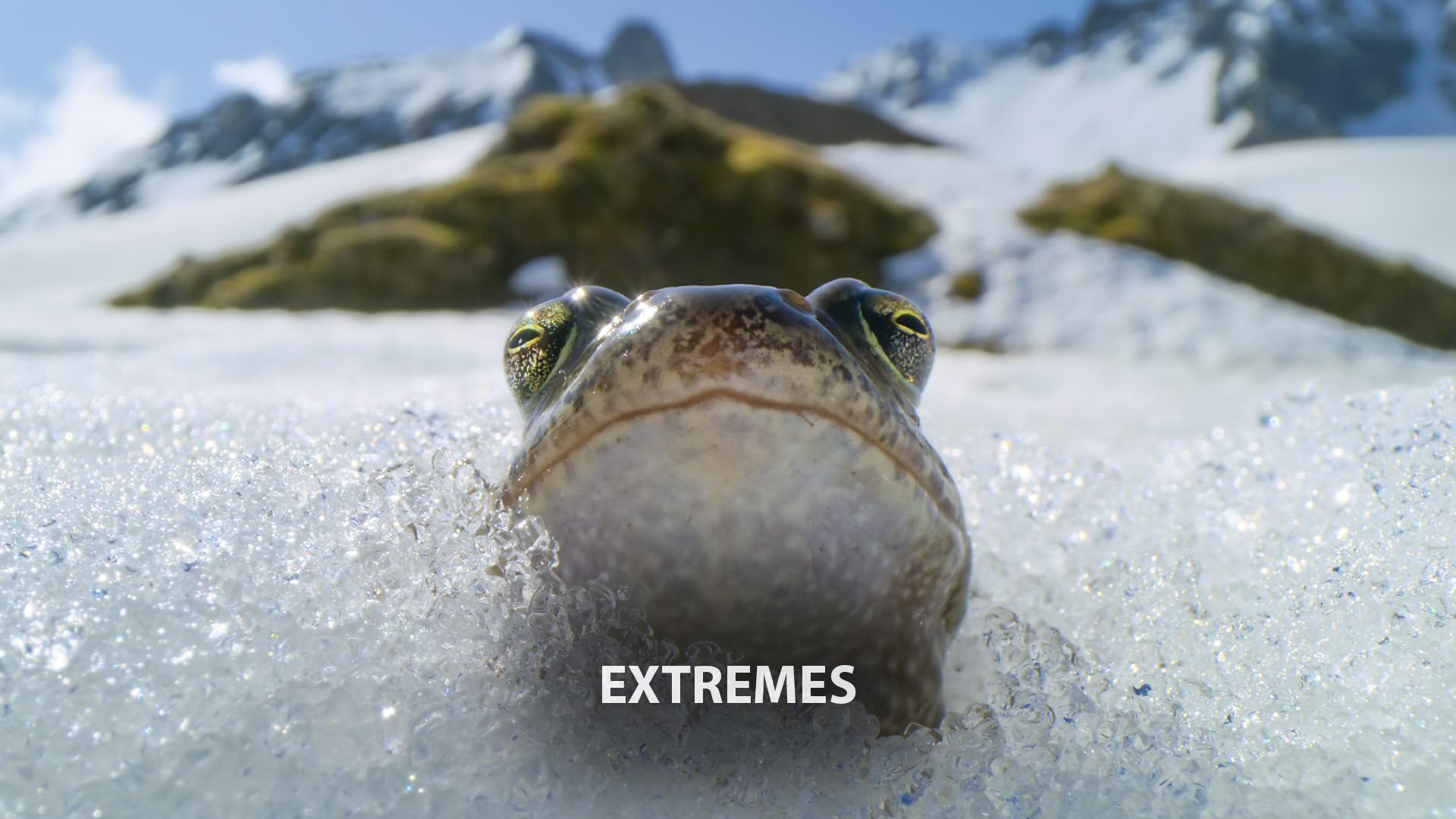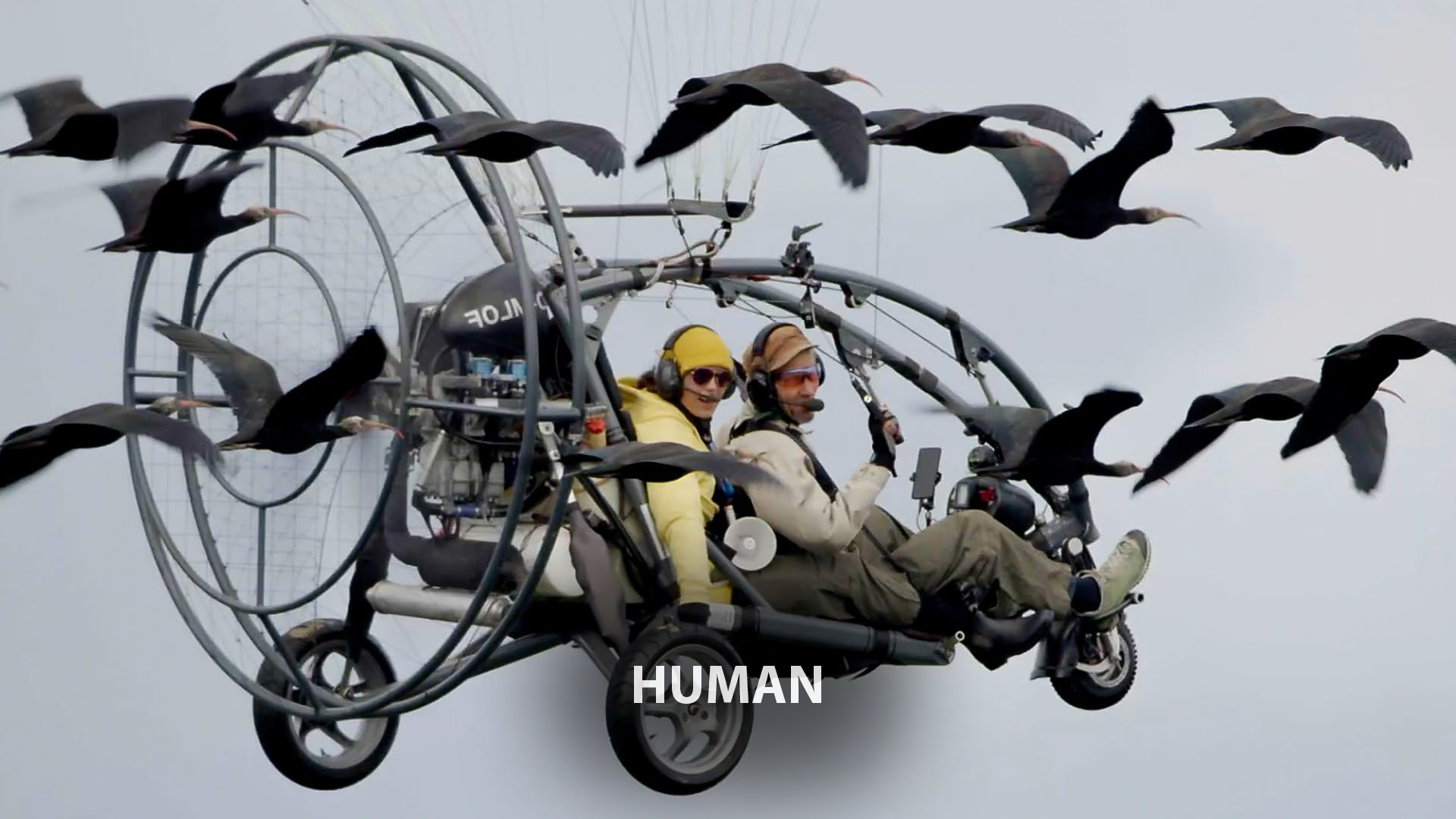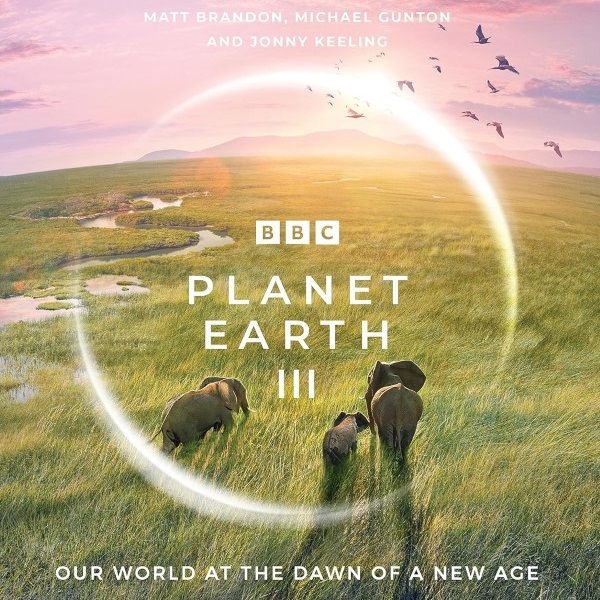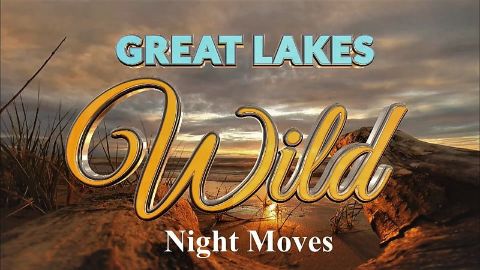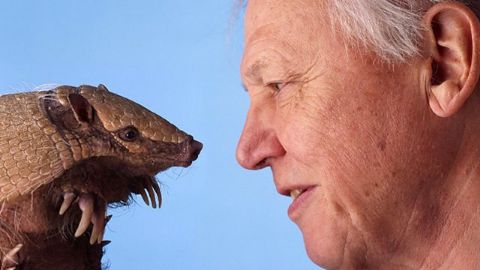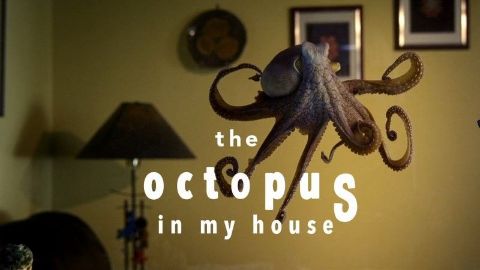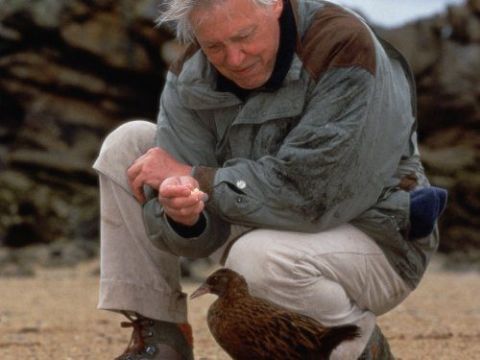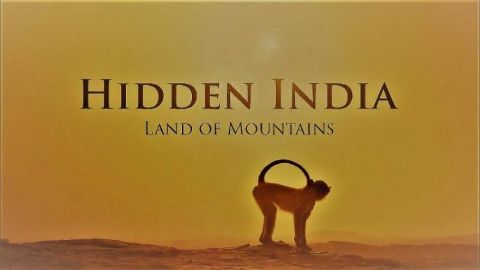Ocean • 2023 • episode "S1E2" • Planet Earth III
The wildlife inhabiting the world's oceans, from the shallow seas of the tropics, where predators like the lionfish can become the prey to one of the world's oddest hunters, to the greatest depths, where a massive siphonophore, longer than a blue whale, and a gulper eel with huge jaws are captured on film using specialised vessels designed to withstand the pressure. The episode also features the mating dances of mobula rays and the symbiotic relationship between Columbus crabs and turtles.
Make a donation
Buy a brother a hot coffee? Or a cold beer?
Hope you're finding these documentaries fascinating and eye-opening. It's just me, working hard behind the scenes to bring you this enriching content.
Running and maintaining a website like this takes time and resources. That's why I'm reaching out to you. If you appreciate what I do and would like to support my efforts, would you consider "buying me a coffee"?
Donation addresses
BTC: bc1q8ldskxh4x9qnddhcrgcun8rtvddeldm2a07r2v
ETH: 0x5CCAAA1afc5c5D814129d99277dDb5A979672116
With your donation through , you can show your appreciation and help me keep this project going. Every contribution, no matter how small, makes a significant impact. It goes directly towards covering server costs.
